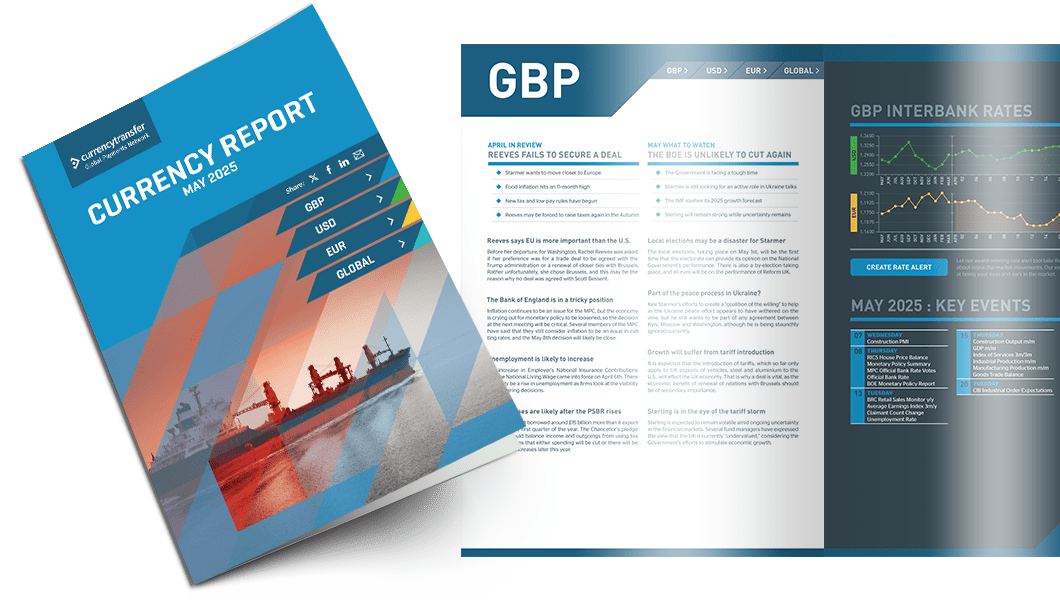
Highlights
- Business confidence weakened in December
- Barkin sees a soft landing, but it is by no means a certainty
- Growth remained stagnant in the third quarter
The Bank of England warned over excessive damage to the economy from high rates
The IoD’s business confidence index fell to a low of -28 in December, with just over fifty percent of “Bosses Union” members feeling pessimistic about the future against under twenty-five percent feeling optimistic.
The number of bosses who are confident in their own firm’s prospects surprisingly rose to +36 from +30 in November.
Sentiment amongst the IoD’s members has been depressed since the summer, according to the group’s director of policy, although there has been some improvement over the past couple of months due to the fall in inflation.
Brexit is still considered one of the major impediments to businesses’ ability to grow, with several businesses commenting that the red tape and bureaucracy that still exists when trying to export to the European Union is a significant factor.
Furthermore, the skills shortage in what are considered vital trades like electricians, plumbers and carpenters is also hampering growth.
The Bank of England, having hiked interest rates at fourteen consecutive meetings stretching back to December 2021, is now facing calls for rate cuts to begin as early as the next MPC meeting, which takes place on February 1st.
Given the continued hawkish comments that have been made by the Bank’s Governor recently and the fact that some members of the Committee are still in favour of a further hike, a cut before the end of the first quarter is still considered highly unlikely.
A lot will depend on just how far the economy has fallen into recession. Andrew Bailey has intimated on several occasions that a mild recession would be preferable if it can be seen to bring about a drop in inflation close to the Bank’s target of 2%.
With the market still not yet at full capacity following the Holiday, and no Tier One data due for release until next week, the pound will remain in reactive mode for the rest of this week.
Next week will see the publication of like-for-like retail sales for December, which will provide the first indication of how well the retail sector performed over Christmas. Also due for release is output data as well as monthly GDP figures for November.
The pound fell versus the dollar yesterday, as the Greenback ignored mildly dovish minutes from the latest meeting of the FOMC. It fell to a low of 1.2617 but recovered last in the day to close at 1.2664.

Read our latest currency report
Most impactful events planned this month and how they could impact your business
The Fed will bide its time
The FOMC having paused its cycle of rate hikes has been almost strident in its insistence that rates will remain at their current level for a “considerable period” for inflation to fall further as well as lessen the risk that it will begin to rise again.
Savings levels have fallen considerably and are now at a similar level to 2019 for most households. While rates have risen, the elevated level of inflation meant that it was seen as a little benefit to have “cash in the bank.”
There is a concern that households will begin to want to be more conservative and “claw back” savings levels, and that may hurt retail sales and consumer confidence, both of which have been a mainstay of the economy’s recovery in the post-Covid era.
Powell has begun to show a more dovish side in recent weeks and the minutes of the most recent FOMC meeting reflect that.
Several economists, having been confident that the economy will see a soft landing. have gotten “cold feet” recently as the data has begun to reflect the continued effect of past rate hikes.
Thomas Barkin, the President of the Federal Reserve of Richmond, spoke yesterday of his belief that the economy will achieve a soft landing, but it is by no means a certainty.
He introduced a new term to the Central Bankers’ lexicon, by commenting that a soft landing is “increasingly conceivable.” It is clear that no one yet wishes to “stick their head above the parapet” and confirm a situation where inflation is controlled while rates are at a level that is still promoting job creation.
This is particularly true ahead of tomorrow’s publication of the December Employment Report. While most observers believe the data will round off a year of extraordinary employment growth, there are still those who feel that this may see the start of the long-awaited retracement.
The dollar has managed to retain its recent gains despite a fairly dovish set of FOMC minutes. Many believe that it is more the end of hawkish sentiment than the beginning of a dovish period since rates are likely to remain elevated until the Summer, despite the Fed planning on three rate cuts this year.
The index rose to a high of 102.72 but slipped a little to close at 102.46.
Belgian “hawk” to remain in office
She believes that Europe can be proud of what it has achieved and sees the adoption of a single currency by twenty countries as a great unifying factor.
Christine Lagarde sees 2024 as a year of great challenges but equally great opportunities.
She will have to consider the “slimming down” of the Central Bank’s decision-making processes, although it is unlikely that any member of the Governing Council will voluntarily give up their “seat at the table.”
A more “FOMC style” system of rotation would seem more suitable, even if that meant the grouping of like-minded Central Bank Governors.
The attendance of all twenty Governors as well as the full Executive Board makes the decision-making process cumbersome and leads to contradictory messages being delivered about the true sentiment of the meetings.
The Eurozone economy has ended the old year, providing indications that it is at the start of a painful period of contraction. Although data released yesterday saw the unemployment rate in Germany fall below 6%, there is still gloomy news on the horizon regarding economic output.
Today’s publication of the HCOB Purchasing Managers Index is expected to show overall Eurozone output stagnated in December and remains in the contraction that began eighteen months ago.
Tomorrow, inflation data will be published and the news that the headline rate has returned to 3%, will not permit a change of mind regarding when interest rate cuts may begin.
Core inflation remains “sticky” and is expected to have fallen from 3.6% in November to 3.5% last month.
The amount of support that the single currency is receiving from the market’s view that rates will remain “higher for longer” is being tempered by a growing belief that the ECB may be faced with having to cut rates as a downturn deepens into a full-blown recession.
The euro fell to a low of 1.0893 yesterday but recovered a little to close at 1.0921.
Have a great day!

Exchange rate movements:
03 Jan - 04 Jan 2024
Click on a currency pair to set up a rate alert
Alan Hill
Alan has been involved in the FX market for more than 25 years and brings a wealth of experience to his content. His knowledge has been gained while trading through some of the most volatile periods of recent history. His commentary relies on an understanding of past events and how they will affect future market performance.